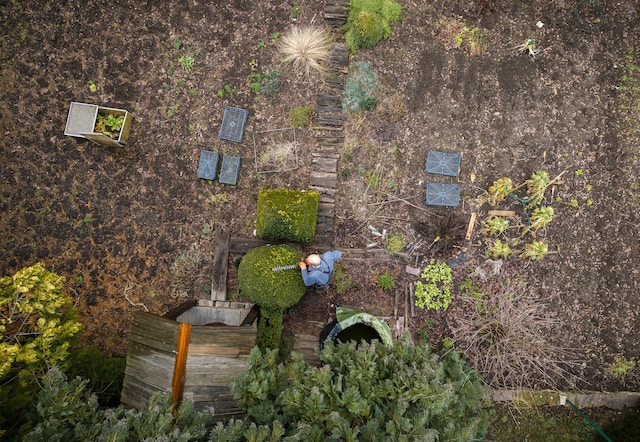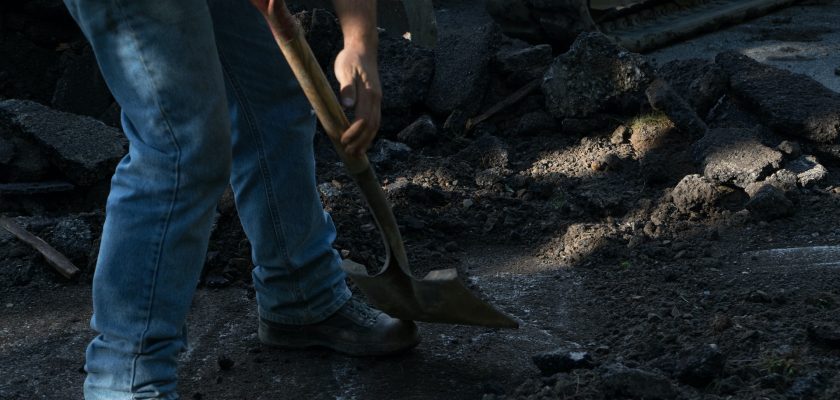When constructing a trench, the development of the underlying soil is carried out in a dry state (natural or after drainage). If the underlying soils are heterogeneous along the depth of the trench, then during the development these soils are mixed, except for the vegetable soil, which is developed separately. For a Type 1 MOT (sub-base) gasket, you need to know how much type 1 per square meter to put.

Image by Unsplash+
Drawing and calculating
To determine the volume of the underlying soil being developed in the trench, a longitudinal profile of the route is drawn up, which shows the surface of the soil, the thickness of the layers of vegetation and underlying, the level of groundwater, the marks of the bottom of the trench and structures on the network. For backfilling the sub-base, use the Type 1 Calculator, which will save you time and energy.
Parts of the profile drawing
The longitudinal profile drawing consists of two parts. The upper part shows the terrain profile, and the lower part (below the profile) contains a table.
The drawing is drawn from left to right in the direction of water movement, regardless of the direction in which the route was surveyed. Thus, the position of individual points on the route is determined in relation to the axis of the trench and in the direction of water movement.

Photo by Gus Ruballo on Unsplash
Water supply networks
Water supply networks are designed with a slope of at least 0.001 (in case of flat terrain it can be reduced to 0.0005), towards the outlet, located at lower points. Drainage networks are designed with a slope.
After completing these steps, you can take on the main work, because the most important stage – the calculations are completed.

